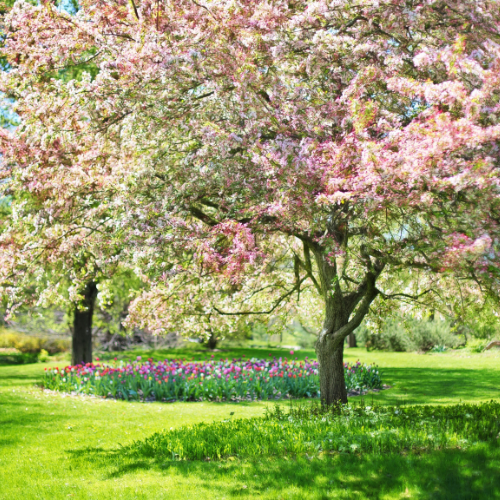
The Centers for Disease Control and Prevention reports that one-quarter (25.7%) of adults suffer from seasonal allergies. Springtime allergies are an annual nuisance for many people as plants bloom and neighbors cut their lawns more frequently. Also, mold growth occurs indoors and outdoors, making it almost impossible to escape allergy triggers. Consider these strategies to alleviate your spring allergy symptoms, such as sneezing, stuffy or runny nose, and watery eyes:
- Keep track of local allergen (e.g., pollen and mold) counts to help you know when to avoid spending excessive time outside.
- Take a shower after spending time outdoors, as pollen can stick to your hair, skin, and clothing.
- Wash your bedding weekly in hot water to help keep pollen under control.
- Clean your floors often with a vacuum that has a HEPA filter.
- Change your air conditioner and heating HEPA filters often.
For many people, avoiding allergens and using over-the-counter medications is enough to ease their allergy symptoms. Talk to your doctor if your symptoms remain bothersome.
Understanding Pollen Seasons in the United States
Pollen is one of the most common seasonal allergy triggers. According to the Asthma and Allergy Foundation of America, these are plants’ pollen seasons:
- February-May: Trees
- April-June: Grasses
- July-November: Weeds
Contact us to see how you could minimize risk:

